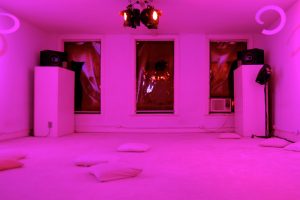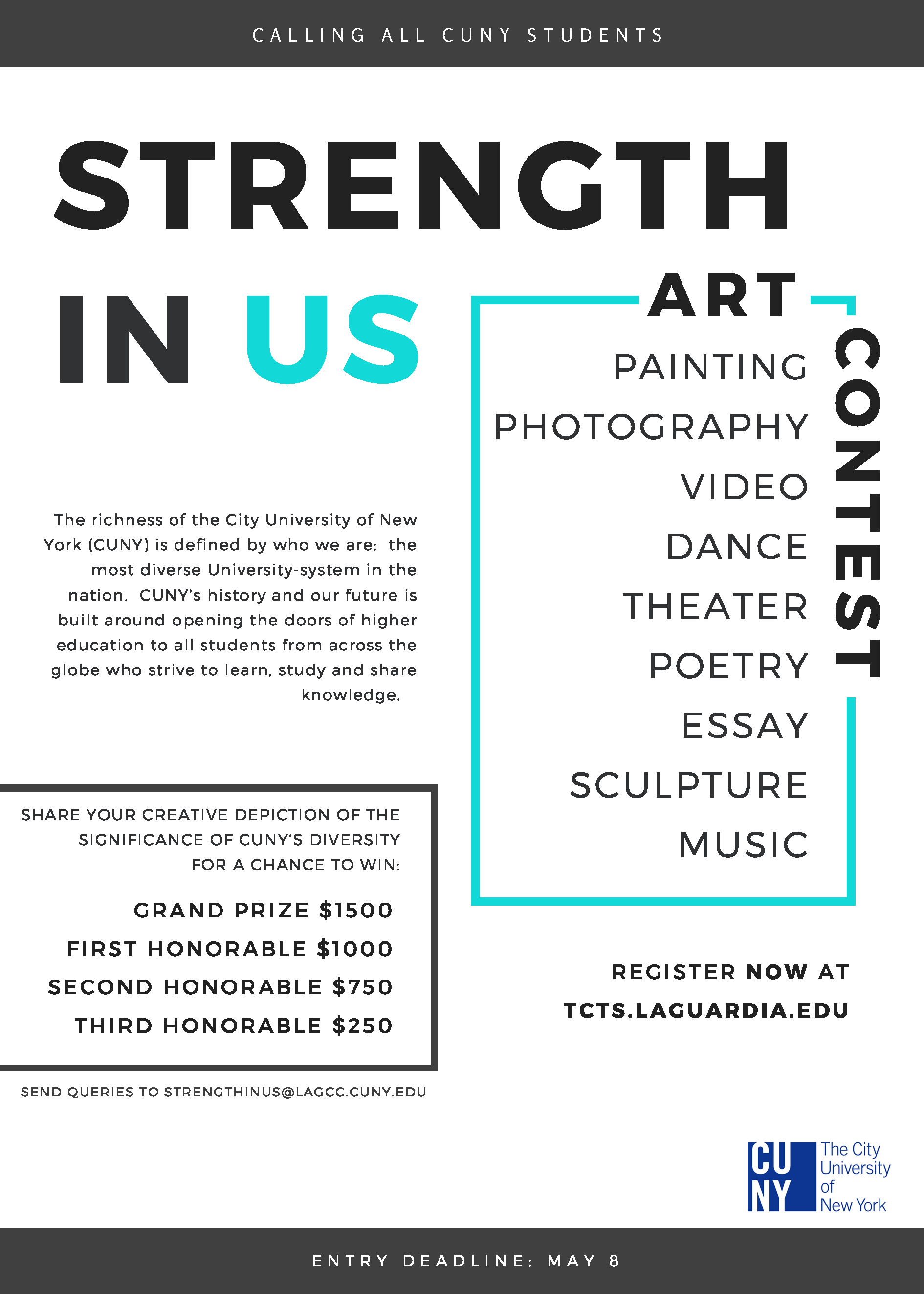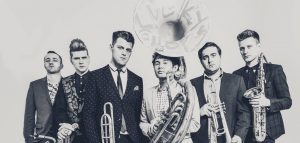I’m a huge fan of instrumental music. A nice solid rhythm plus melodies and motifs that weave in and out of one another is paradise to me. That is why I chose to review BadBadNotGood’s IV, which released in 2016. An album that brings together hip-hop, jazz, electronic, indie and many other elements into a conveniently (sometimes lounge-y) original package. They’re a four piece band (Matthew A. Tavares, Chester Hansen, Alexander Sowinski and Leland Whitty) from Toronto, Canada where they started out experimenting with jazz fusion and interpretations of hip-hop tracks. They have also worked with many hip-hop artists like Kendrick Lamar, Tyler the Creator, Earl Sweatshirt, Danny Brown and Ghostface Killah. How did these four white guys pull this all together and make these connections? It’s actually due to Tyler the Creator, who helped their YouTube channel go viral. Tyler, being a hip-hop artist who himself became viral because of his presence on Tumblr, was able to elevate BadBadNotGood’s status in the hip-hop world.
The collaborations on BadBadNotGood’s IV give the album a unique advantage. There are five features on this eleven track album, and each one brings a new flavor to the mix. The features in the order they appear on the album are Samuel T. Herring, Colin Stetson, Kaytranada, Mick Jenkins and Charlotte Day Wilson. “Time Moves Slowly” is the first collaboration featuring Samuel T. Herring. This track begins with a simple beat with light anticipations and accents on the snare drum; it gives the song a bit more motion. The general feel is kind of slow in tempo and muffled in timbre – typically called a slow jam. Aside from vocals, the drums tend to be a bit more prominent compared to the other instruments. The hypnotizing synth organ accompanies vocals lightly as it seems to emphasize the tensions building with Samuel’s lyrical content. He sings in a mellow and subdued tone. This is not a cheery song; the lyrics clearly point out that time can painfully drag on when alone. Samuel’s tone of voice has a slightly raspy and cracking quality to it, which evokes the pain and stress one deals with when falling in and out of love with someone who doesn’t share the same feelings.
Each feature on IV brings a different vibe. “Confessions Pt. II”, for instance, with jazz saxophonist – Colin Stetson – is a full on instrumental with plenty of sax. The repetitive bass line, played on sax, reinforces the entire track. Stetson goes wild over this instrumental, along with the band’s saxophonist Leland Whitty. The next collaboration with Haitian-Canadian musician Kaytranada, titled “Lavender”, is a spacey, synth heavy, hip-hop instrumental. There is another version of this song with Snoop Dogg rapping over it that bears recognition though it wasn’t technically on the album. The video for this track stirred up controversy due to the mock assassination of “Ronald Klump.” There is a rapper featured on this album though: Mick Jenkins (American hip-hop artist), who raps over an R&B and hip-hop groove on “Hyssop of Love”. He’s got a steady and somewhat quick flow. There are also political references expertly laid out. The intro bars set that up immediately: “Wolves in disguise / How you supposed to see ’em with the wool in your eyes? / Sheep to the radio, we fooled and surprised.” He’s saying we’ve grown too accustomed to being blinded, that we don’t even notice what’s going on. It’s interesting to hear where genres like jazz and hip-hop intersect in this medley since both come from communities of color, African-American traditions and histories of oppression in America.
These vocal appearances on IV complement both the artists featured and the band’s instrumental talents. They seemed to have found a common ground where there’s enough excitement instrumentally but there’s also space for vocal accompaniments. The last feature, titled “In Your Eyes”, has a classic R&B feel to it. It’s a smooth groove with a catchy melody. Charlotte Day Wilson sings on this beautiful instrumental, laying a very silky performance. There is an accompanying string arrangement along with vocal harmonies.
BadBadNotGood has established quite a nice nook in the instrumental music world. Although they have both singing and rapping on a few tracks, their solo instrumental tracks are some of my favorites. “Speaking Gently” is one favorite that comes to mind. It’s got a dense hip-hop vibe but really opens up in the chorus with beautiful celestial synth sounds. Their versatility is what helps them explore elements of jazz and hip-hop in a nuanced way. It can be hard to pinpoint what they are and where they’re at, but I think that’s the fun part of their music.





